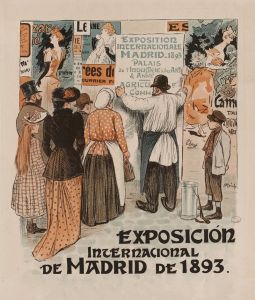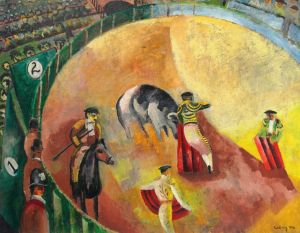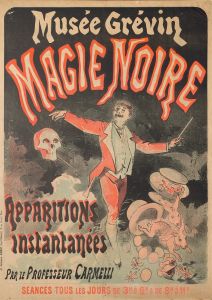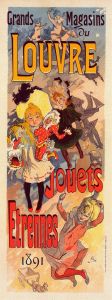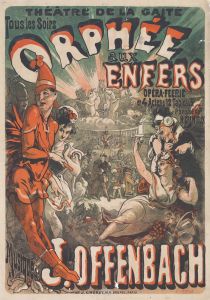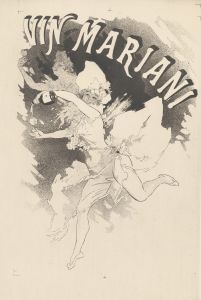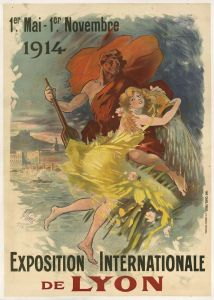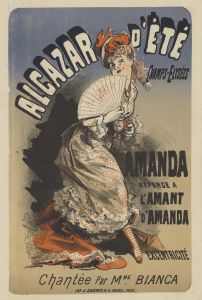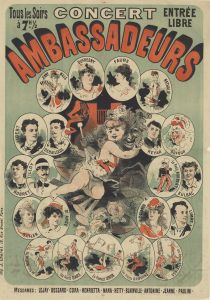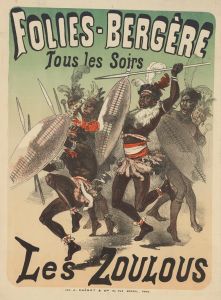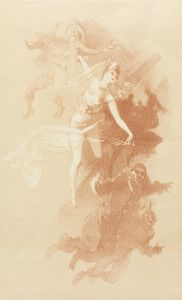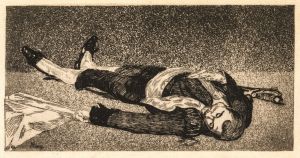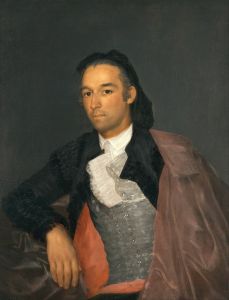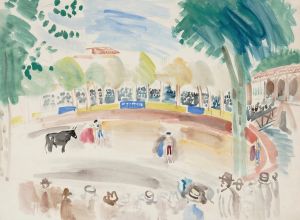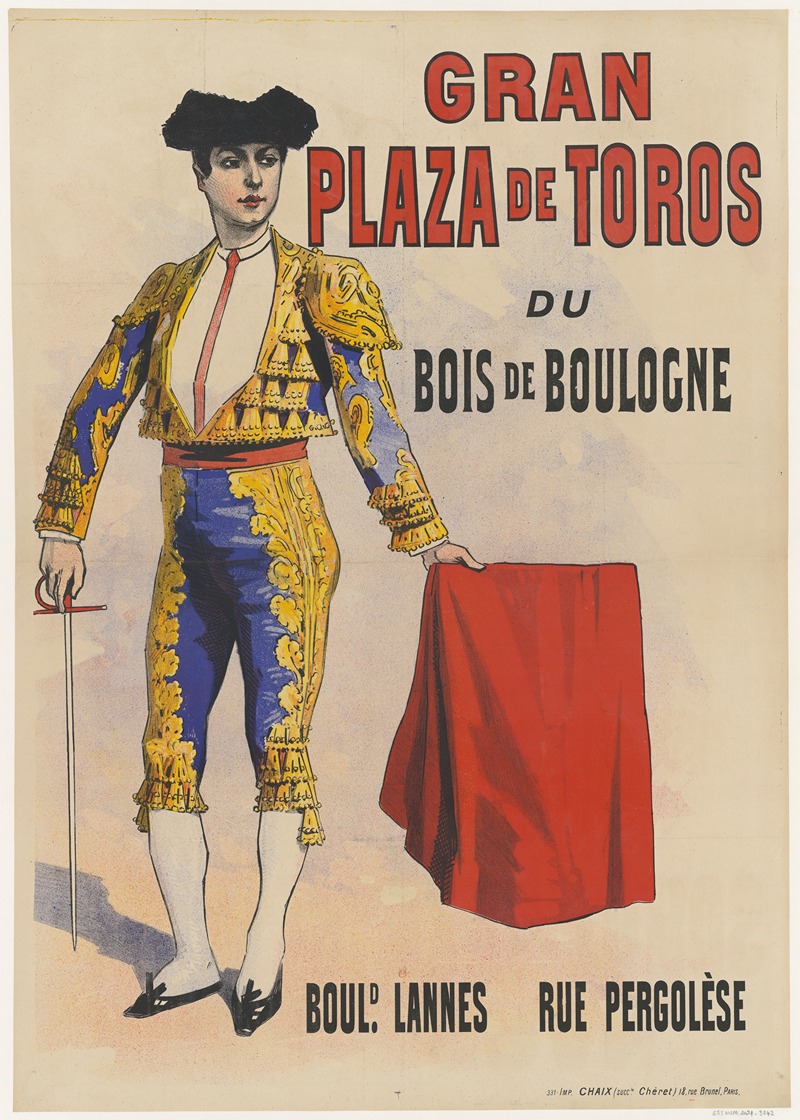
Gran plaza de toros du Bois de Boulogne. Boul. Lannes, rue Pergolèse
A hand-painted replica of Jules Chéret’s masterpiece Gran plaza de toros du Bois de Boulogne. Boul. Lannes, rue Pergolèse, meticulously crafted by professional artists to capture the true essence of the original. Each piece is created with museum-quality canvas and rare mineral pigments, carefully painted by experienced artists with delicate brushstrokes and rich, layered colors to perfectly recreate the texture of the original artwork. Unlike machine-printed reproductions, this hand-painted version brings the painting to life, infused with the artist’s emotions and skill in every stroke. Whether for personal collection or home decoration, it instantly elevates the artistic atmosphere of any space.
"Gran plaza de toros du Bois de Boulogne. Boul. Lannes, rue Pergolèse" is a poster created by the renowned French artist Jules Chéret. Chéret, often referred to as the "father of the modern poster," was a pivotal figure in the development of poster art during the late 19th century. His work is characterized by its vibrant colors, dynamic compositions, and the joyful, lively scenes that often feature prominently.
Jules Chéret was born on May 31, 1836, in Paris, France, and he became a significant figure in the Belle Époque era. He was instrumental in transforming the poster from a mere advertising tool into a respected art form. Chéret's posters were widely recognized for their artistic merit and were collected and displayed as works of art in their own right.
The poster "Gran plaza de toros du Bois de Boulogne. Boul. Lannes, rue Pergolèse" advertises a bullfighting event at the Bois de Boulogne, a large public park located on the western edge of Paris. The Bois de Boulogne was a popular recreational area for Parisians, offering a variety of entertainment options, including horse racing, boating, and theatrical performances. The inclusion of bullfighting in this setting highlights the diverse range of activities available to the public during this period.
Chéret's poster for the bullfighting event is a quintessential example of his style. It features bold, eye-catching colors and a dynamic composition that captures the excitement and energy of the event. The central image likely depicts a matador in action, engaging with the bull in a dramatic and theatrical manner. Surrounding this central scene, the poster includes text that provides details about the event, such as the location (Boulevard Lannes and Rue Pergolèse) and the nature of the spectacle.
Chéret's work was influential in the development of the Art Nouveau movement, and his posters are considered precursors to this style. His innovative use of color lithography allowed for the mass production of posters that were both visually striking and affordable, making art accessible to a broader audience. Chéret's posters adorned the streets of Paris, transforming the urban landscape into an open-air gallery and contributing to the vibrant cultural life of the city.
In addition to his artistic achievements, Chéret was also a successful entrepreneur. He founded his own printing company, which produced a wide range of posters for various clients, including theaters, cabarets, and commercial enterprises. His ability to combine artistic excellence with commercial success set a standard for future generations of poster artists.
Jules Chéret's legacy endures through his extensive body of work, which continues to be celebrated for its artistic innovation and cultural significance. His posters, including "Gran plaza de toros du Bois de Boulogne. Boul. Lannes, rue Pergolèse," remain iconic representations of the Belle Époque era and the vibrant spirit of late 19th-century Paris.





